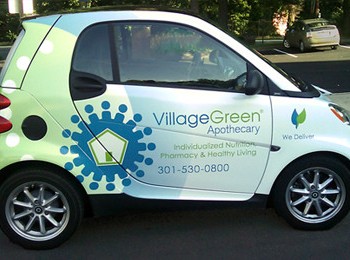No and no. Negative-ion generators were originally designed to restore a more natural and beneficial level of negative ions to indoor air. In the course of their use for biological benefit, it was discovered that free-floating ions quickly attach to airborne particles and cause them to agglomerate and precipitate from the air, or be drawn to grounded surfaces such as walls, metal surfaces, etc. Ionizers are highly effective air cleaners, removing particles as small as .001 micron, which would include viruses, dust, pollen, cigarette smoke, and all other airborne particulate pollutants. Compared to air cleaners with fans or blowers (and filters), ionizers are more likely to be operated full-time since they are totally silent and consume only pennies of electricity per month.
However, many negative-ion generators produce ozone, which is a significant irritant to the mucous membrane. In order to increase the speed with which an ionizer cleans the air, many manufacturers also produce ionizers with excessive ion output. This has two undesirable effects: (1) The ion density established by these ionizers exceeds many times the natural range found outdoors, resulting in much the same adverse effects as breathing air with too few negative ions. A well-designed negative-ion generator, such as the Sinus Survival Air Vitalizer, generates enough ions to be effective but does not exceed an upper limit that would make it biologically undesirable. (2) An excessively high ion density also causes a significant amount of pollutants to be driven to the walls and other grounded surfaces, resulting in the buildup of a dirty residue. Again, a well-designed ion generator minimizes such “plating,” and this effect can be further reduced by placing the ionizer at least two feet from the nearest wall.





